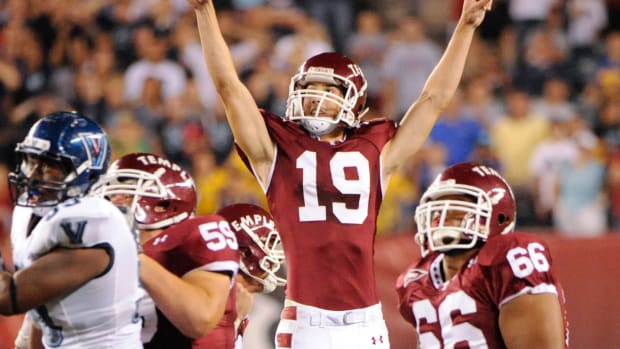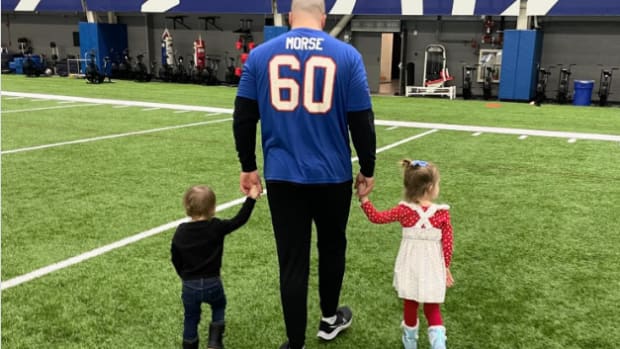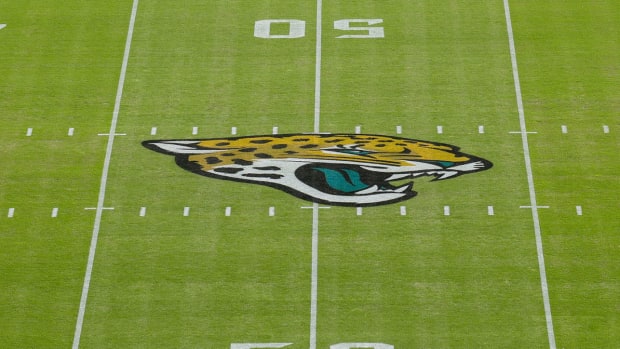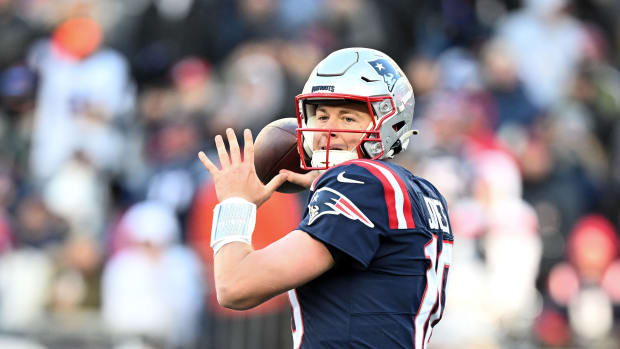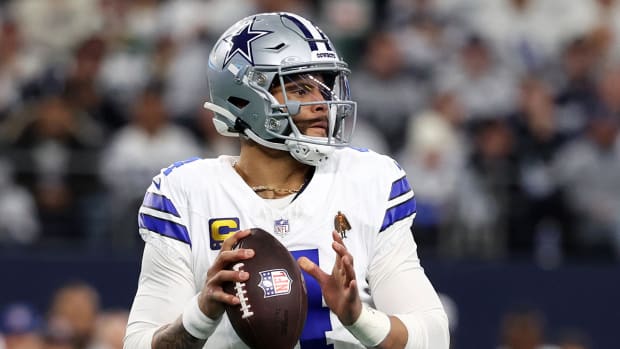2021 Free Agency: Grading the Jaguars' Decision to Bring in Rayshawn Jenkins
Entering the 2021 offseason, Jacksonville Jaguars head coach Urban Meyer had a few position groups he considered the highest of priorities to rebuild. Among those positions near the top of the list was safety, a position that was in total flux for the Jaguars in 2020.
The Jaguars' solution for that position, at least for now, is free agent addition Rayshawn Jenkins, the second-highest-paid veteran the Jaguars acquired during the free agency process. After four years playing multiple roles with the Chargers, including the past two seasons as a starter, Jenkins is now tasked with helping rebuild the Jaguars' secondary.
Jacksonville's investment in Jenkins wasn't small; he was given a four-year, $35 million deal with $16 million in guarantees, making him one of the highest-paid players on Jacksonville's defense. Did his play in Los Angeles justify that payday, and just how well does he fit with the Jaguars? We examine below.
How does he fit?
The Jaguars badly needed to find a starting strong safety following a 2020 season where they truly couldn't find a reliable answer at the position. While Jenkins has spent time at free safety, strong safety, and even in the slot, it is more likely than not that he will be the strong/box safety in Jacksonville's defense.
While Jenkins spent his two years as a starter (31 games) with the Chargers playing multiple roles, his best season came in 2020 when he predominantly played box safety. According to Pro Football Focus, he spent over 50% of his defensive snaps in the box, ultimately spending 493 snaps in the box in former Chargers defensive coordinator Gus Bradley's scheme.
In 2020, Jenkins recorded career-highs in tackles (84) and tackles for loss (four) while also recording two interceptions, four pass deflections, and a sack. But his advanced coverage stats are a good bit more impressive than those numbers.
According to Pro Football Reference, Jenkins was targeted 64 times and allowed 42 completions (65.6%) for 366 yards. This comes out to just 8.7 yards per completion, 5.7 yards per target, and a passer rating allowed of just 78.0. Compare these to the coverage numbers that most of Jacksonville's strong safeties posted in 2020 and Jenkins comes out clearly on top.
Considering Jenkins's success as a strong safety in 2020, it isn't hard to envision his role with the Jaguars in Joe Cullen's defense. He should be the projected starter at strong safety and utilized primarily in the box, but he has the athleticism and experience to be moved around the formation as well.
While it remains to be seen how many defensive principles Cullen is bringing over from Baltimore, the Ravens have been known for using dime packages and having three safeties on the field at one time at an increased rate. Jenkins's experience in multiple roles means the Jaguars can trust him in dime packages with multiple responsibilities.
Impact on depth chart
Jacksonville desperately had to find a safety capable of playing the strong safety role before training camp and it isn't hard to figure out where Jenkins figures into their new depth chart.
The Jaguars traded Ronnie Harrison to the Cleveland Browns before Week 1 last season, while former starter Josh Jones was among the worst coverage safeties in the NFL last season and became a free agent last week. Rookie Daniel Thomas impressed in his limited time on the field, but he was limited to just two starts due to a season-ending arm injury.
As a result, the Jaguars' best bet for a starting safety before Jenkins would have been Thomas. Jenkins has 29 more games of experience as a starter and has been in the NFL three years longer than Thomas, so it isn't hard to envision why the Jaguars saw Jenkins as a logical player to put on top of the depth chart.
Then there is always how much the Jaguars paid Jenkins. If you ever are curious about how large of a role a team envisions for a player, just look at the contract they are given on the open market. The Jaguars paid Jenkins like a starting safety and like nothing else. Jenkins being anything but a Week 1 starter while being paid the way he is would be a shock on multiple levels.
Overall, Jenkins shouldn't change much about Jarrod Wilson's place on the depth chart, but he does bump down both Thomas and Andrew Wingard. The Jaguars paid Jenkins to be a key piece of their rebuild of the secondary and that is exactly the role he should be expected to play.
Overall grade: C.
When taking into account Jenkins's versatility, production as a strong safety in 2020, and the fact that he is 27-years-old with just two years as a starter under his belt, then there is a fair amount of upside to this addition. It isn't hard to envision how he fits in the defense and he fills a major need, giving the Jaguars more flexibility in next month's draft.
With that said, it is hard to imagine the Jaguars got good value with the deal they gave Jenkins. It is essentially a two-year contract, but they are still banking on a previously average/slightly above-average starter to develop into something more under their own staff.
All in all, this is a high-risk, high-reward signing. With the safety market drying up the way it did, however, the Jaguars shouldn't get dinged for nabbing the player who was likely the best safety left on the market once John Johnson signed with the Browns. There are red flags but there are also reasons to think it is a move that could work out.

